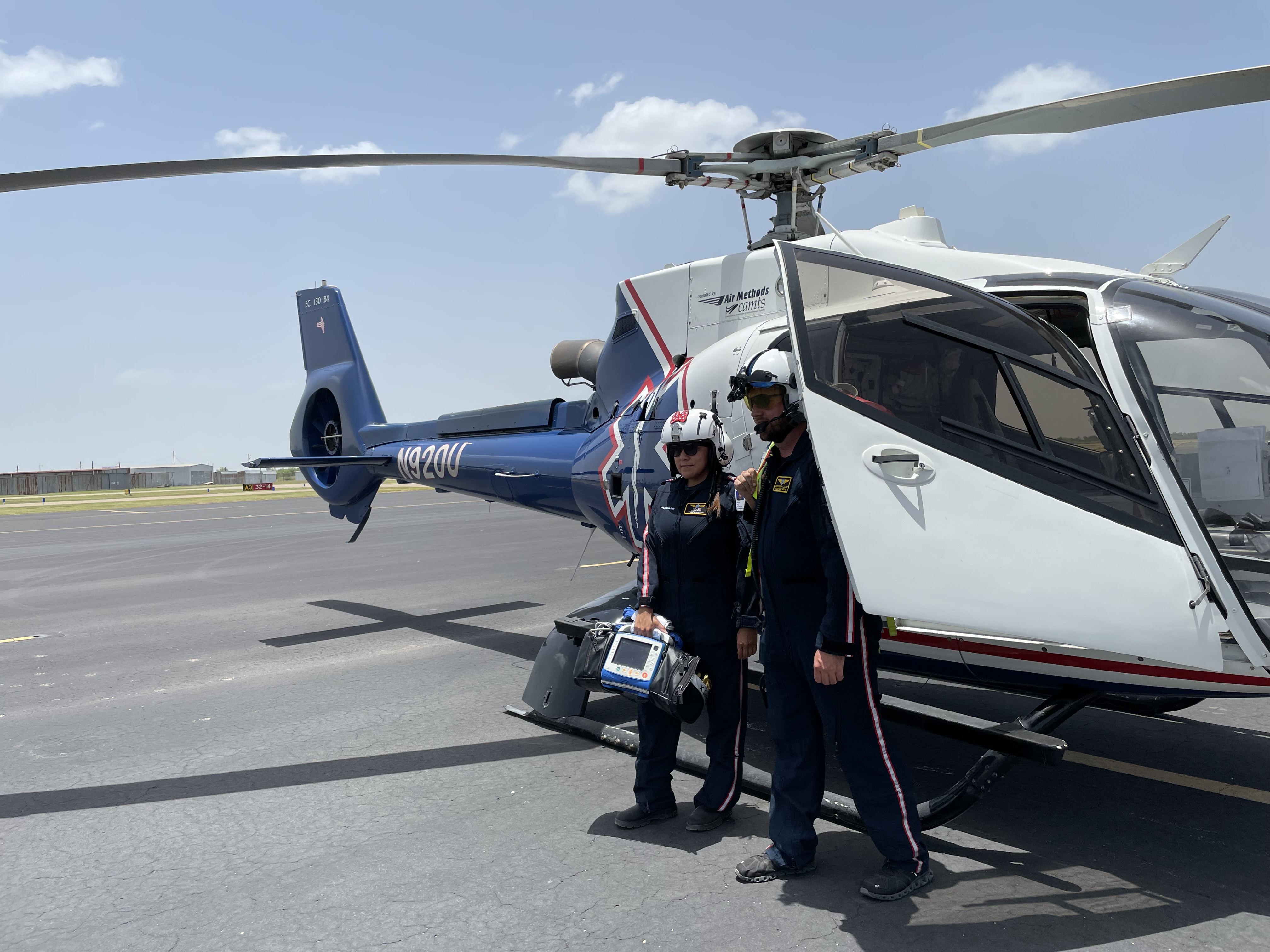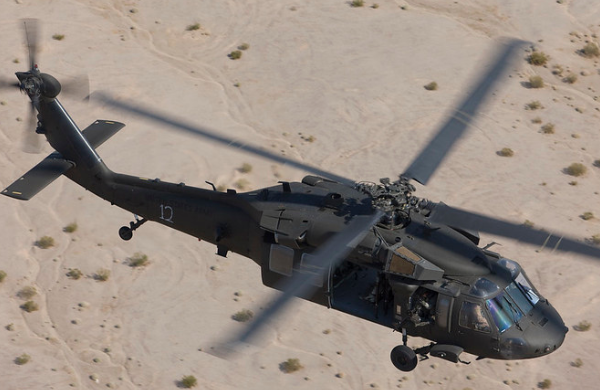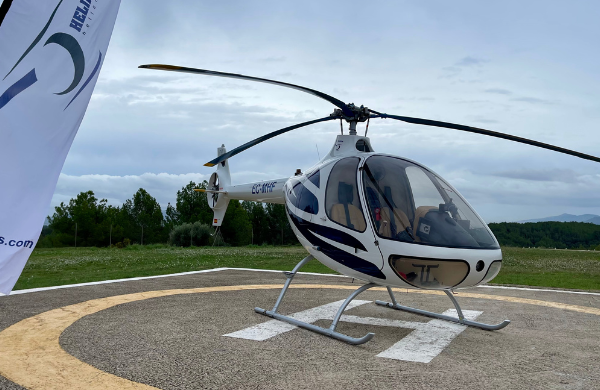Air medical service provider Air Methods have announced the opening of a new base in Weslaco’s Mid Valley Airport for its Airlift Texas HEMS service , which, the company says, will result in faster response times to cases as well as providing inter facility transport for patients requiring specialist care across the Rio Grande valley.
The base opening will be phased with daylight operations only for the first few weeks of operation to allow the crews to build up knowledge of the terrain and challenges of the new area of operations. Meanwhile, base operations staff will use the time to ensure ground operations are operating smoothly.
“Safety is our top priority, and we will always choose safety for everyone on board the aircraft over any business benefit.” said Brandon Ryan, Senior Strategic Solutions Executive from Air Methods. “While you’ll only see us during the day for these first two weeks, rest assured that we are taking the safety-first approach to build the foundation that will allow us to serve this community for many years to come.” Airlift Texas plans to have its Weslaco based Airbus EC130 operating a round the clock operation by the end of June. “We established this base due to the growing need for an air medical base in the Rio Grande Valley to better serve the entire region,” said Kelly Shepherd, Regional Sales Director of Air Methods. “At a time when more than 85 million Americans live more than an hour’s drive from Level I or II trauma centres, there is an increasing demand for air medical services to ensure that patients have access to necessary care centres.”
The fully fitted EC130 will also be stocked with blood giving the aircraft an in-flight transfusion capability. “Having access to blood in-flight is such a valuable resource in our community,” said Shepherd. “With this tool, patients have the potential for better outcomes, particularly when AirLift Texas is serving individuals in rural areas who rely on air transport to quickly get them to the emergency care they need. Administration of blood, combined with rapid air transport, can truly help critically ill or injured patients who otherwise might not survive.”








